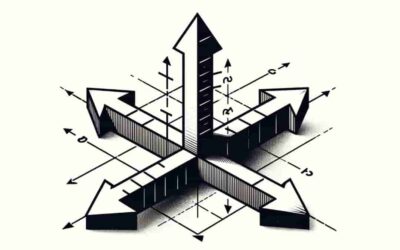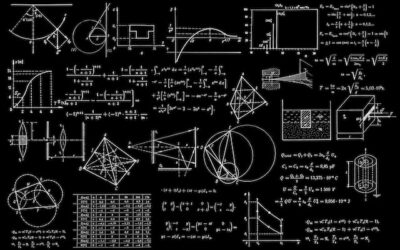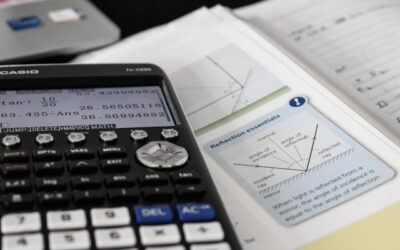The multiplication rule in probability is used to find the probability of the intersection of two or more independent events. In other words, it helps us calculate the probability of both event A and event B happening or the probability of multiple events occurring together.
For two independent events A and B, the multiplication rule states that:
P(A ∩ B)=P(A)⋅P(B)
Where:
P(A ∩ B) is the probability of both event A and event B occurring (the intersection of A and B).
P(A) is the probability of event A occurring.
P(B) is the probability of event B occurring.
The multiplication rule works under the assumption that events A and B are independent. Two events are considered independent if the occurrence of one event does not affect the occurrence of the other. Mathematically,
P(A ∩ B)=P(A)⋅P(B) holds true only when events A and B are independent.
The multiplication rule can be extended to more than two independent events. For three independent events A, B, and C:
P(A ∩ B ∩ C)=P(A)⋅P(B)⋅P(C)
And so on, for any number of independent events.
Keep in mind that if the events are not independent, the multiplication rule cannot be applied directly. In such cases, the joint probability
P(A ∩ B) must be calculated using the appropriate methods or additional information about the events’ relationships.





0 Comments